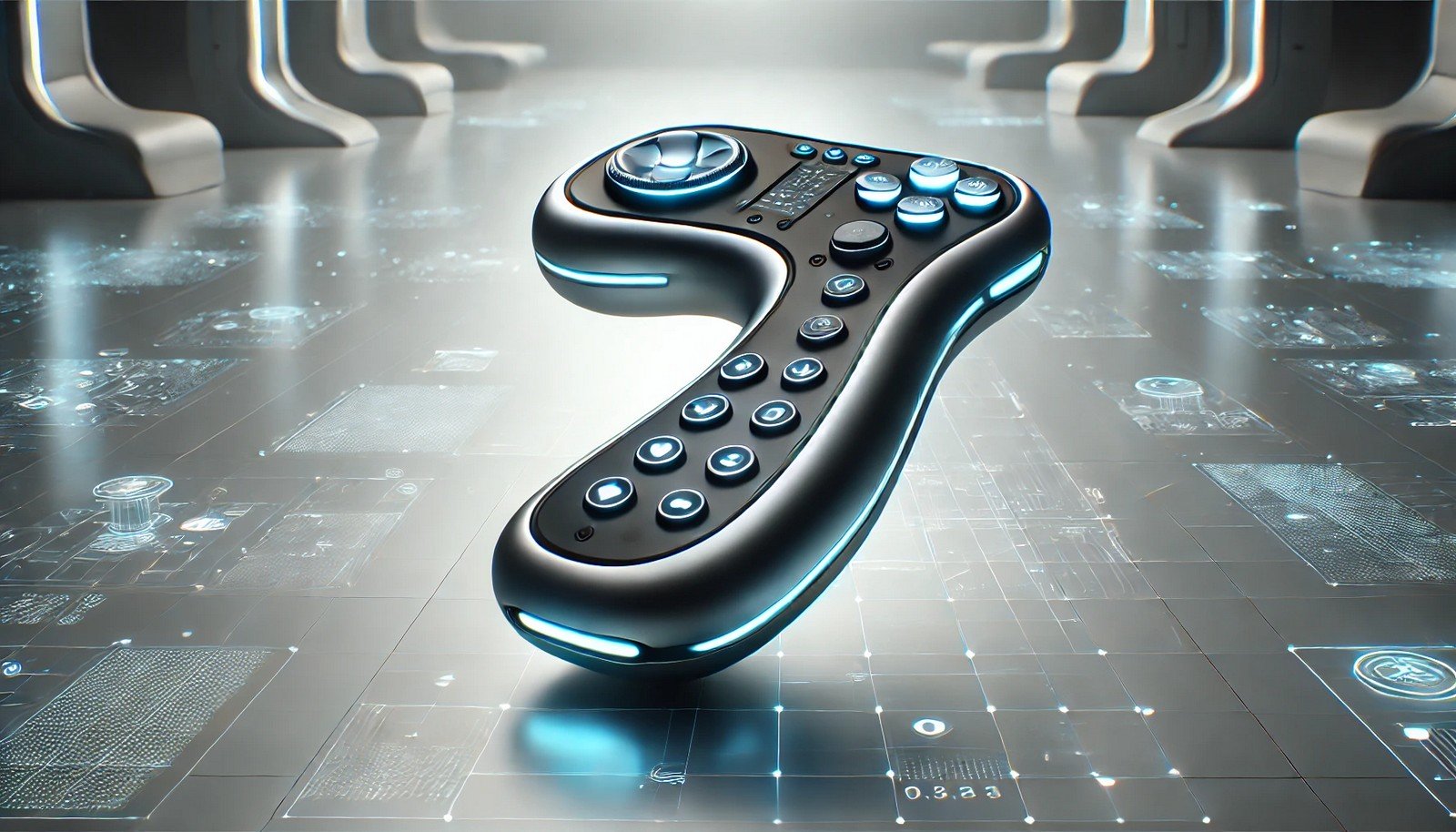Augmented Reality Controller

Quick Navigation:
- Augmented Reality Controller Definition
- Augmented Reality Controller Explained Easy
- Augmented Reality Controller Origin
- Augmented Reality Controller Etymology
- Augmented Reality Controller Usage Trends
- Augmented Reality Controller Usage
- Augmented Reality Controller Examples in Context
- Augmented Reality Controller FAQ
- Augmented Reality Controller Related Words
Augmented Reality Controller Definition
An augmented reality (AR) controller is a specialized device used to interact with AR environments. These controllers translate physical gestures or button presses into virtual commands, enabling users to manipulate digital elements in an augmented space. Often equipped with motion tracking, haptic feedback, and sensors, AR controllers enhance precision and immersion in AR experiences. They find applications in gaming, industrial design, remote collaboration, and healthcare training.
Augmented Reality Controller Explained Easy
Think of an AR controller like a magic wand that helps you move and control things you see in a digital world layered over the real one. If you’re playing a game or designing something, it’s what lets you pick up, throw, or draw things without touching them in real life. It’s super cool and makes you feel like you’re inside the game or app.
Augmented Reality Controller Origin
The origin of augmented reality controllers is tied to the development of AR systems in the late 20th century. As AR moved beyond head-mounted displays, the need for dedicated input devices arose. Early controllers were adapted from gaming hardware but quickly evolved into specialized tools for AR-specific tasks.
Augmented Reality Controller Etymology
The term “controller” originates from its root, control, emphasizing its role in managing and directing AR interactions.
Augmented Reality Controller Usage Trends
AR controllers are increasingly used in industries beyond gaming. Businesses in fields like education, healthcare, and architecture leverage AR controllers for hands-on simulations, training, and design visualization. Their adoption has surged with advancements in AR glasses and headsets, signaling a shift toward more integrated AR ecosystems.
Augmented Reality Controller Usage
- Formal/Technical Tagging:
- Augmented Reality
- AR Hardware
- Human-Computer Interaction - Typical Collocations:
- "AR controller tracking"
- "handheld augmented reality controller"
- "AR controller integration"
Augmented Reality Controller Examples in Context
- An architect uses an AR controller to adjust 3D building designs projected onto a table.
- A surgeon practices a procedure in an AR simulation, navigating tools using an AR controller.
- Gamers interact with virtual characters in their living rooms, guided by handheld AR controllers.
Augmented Reality Controller FAQ
- What is an AR controller?
It’s a device used to interact with and control augmented reality environments. - How does an AR controller work?
It uses sensors, buttons, and sometimes cameras to track movements and translate them into digital commands. - What are common applications of AR controllers?
They’re used in gaming, education, healthcare, and design simulations. - Do AR controllers need to be charged?
Yes, most modern AR controllers run on batteries or rechargeable power sources. - Can AR controllers be used with all AR devices?
Compatibility depends on the manufacturer and software; many are device-specific. - Are AR controllers expensive?
Prices vary based on features and brand, ranging from affordable to high-end professional tools. - What’s the difference between an AR and VR controller?
AR controllers interact with the real world enhanced by digital elements, while VR controllers are designed for fully virtual spaces. - Are there AR controllers for mobile phones?
Yes, some AR controllers are designed to connect with smartphones. - Do AR controllers require a separate setup?
Many plug-and-play options are available, but some require calibration. - What’s the future of AR controllers?
Advances in gesture recognition and wearable tech may make controllers even more intuitive and immersive.
Augmented Reality Controller Related Words
- Categories/Topics:
- AR Technology
- Interaction Design
- Haptic Interfaces
Did you know?
The first widely recognized AR controller was an adaptation of a Nintendo Wii Remote, used in experimental AR applications in the early 2000s. It demonstrated how gaming hardware could influence broader technological innovation in AR.
PicDictionary.com is an online dictionary in pictures. If you have questions or suggestions, please reach out to us on WhatsApp or Twitter.Authors | Arjun Vishnu | @ArjunAndVishnu

I am Vishnu. I like AI, Linux, Single Board Computers, and Cloud Computing. I create the web & video content, and I also write for popular websites.
My younger brother, Arjun handles image & video editing. Together, we run a YouTube Channel that's focused on reviewing gadgets and explaining technology.



Comments powered by CComment